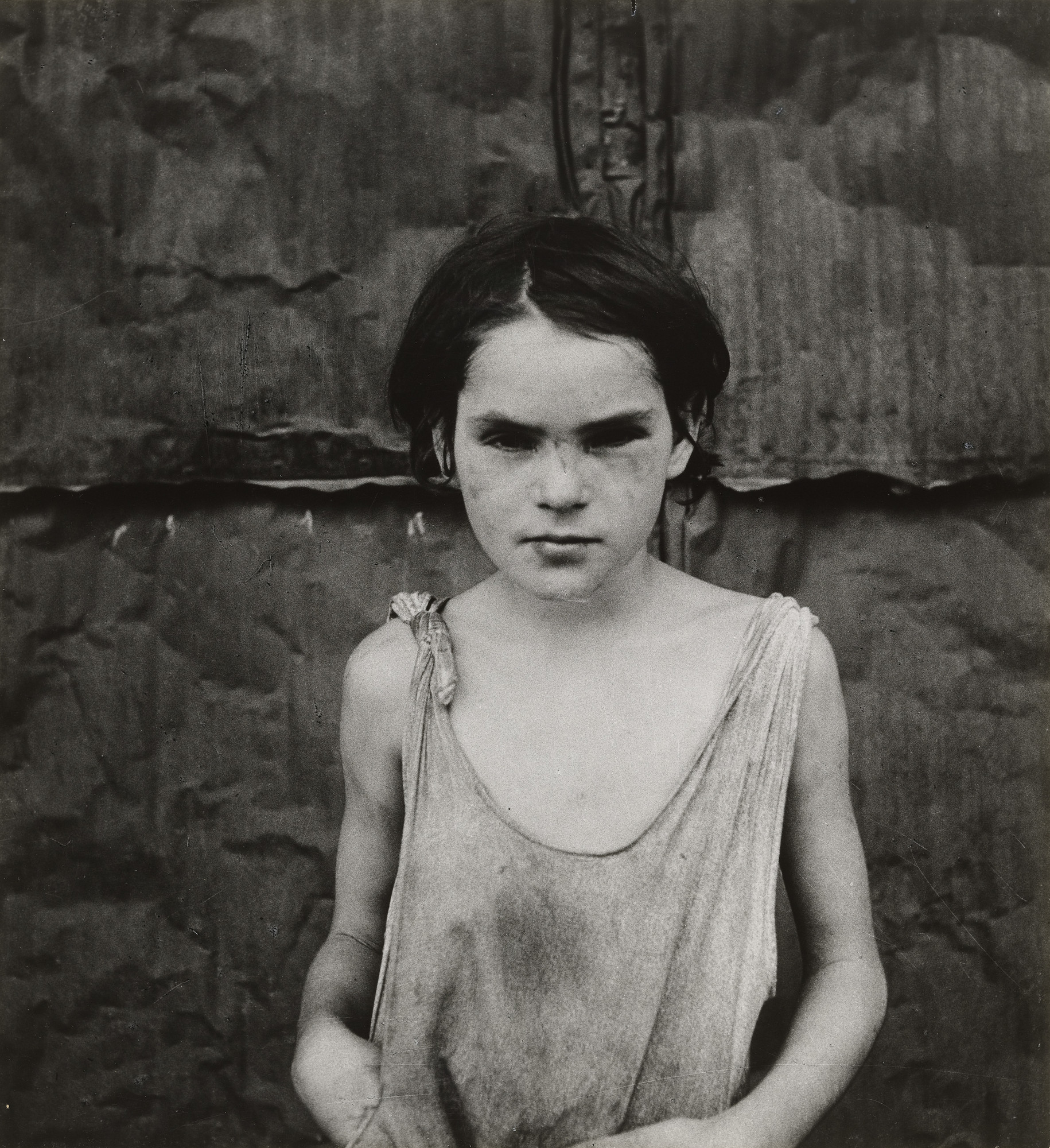“Bad as it is, the world is potentially full of good photographs. But to be good, photographs have to be full of the world.” -Dorothea Lange and Daniel Dixon
Dorothea Lange was a brilliant documentary photographer who was born in Hoboken, New Jersey in May of 1895. She passed away in October of 1965 at the age of 70 in San Francisco, California but her work continues to live on. Lange became a major influence thanks to her photos during the Great Depression of homeless men and displaced migrant workers. She is famously known for her photo Migrant Mother in California in 1936.
I chose Dorothea Lange because of her importance in documenting the Great Depression, it changed how people saw the poor and displaced, not just in the 1930s but today as well. Lange showed how documentation through photography is still a form of art. An art form that can show the truth of the world in that specific time and place. This is why I am including the quote from Lange and Daniel Dixon, it represents her photos and photography as a whole. I believe that Dorothea Lange changed the world of documentary photography and is a great influence on the new world of photographers.
The photograph I have chosen by Dorothea Lange is Damaged Child, 1936. It was taken in Shacktown, Elm Grove, Oklahoma. The photo is of a young girl in distressed clothing, her eyes are very dark from the shadows and she seems to have dirt on her face, body, and clothes. The background looks to be the inside of a shack she is most likely living in. What strikes me most about this photo is the eyes of the girl being so dark, it makes you wonder what about her is “damaged” so much that Lange would title the photo as Damaged Child. I believe Lange is trying to show that even the children of migrant workers were hit hard by the change of the Great Depression. Lange uses framing, lighting, and use of line to move the eye to express the meaning of the photograph. She frames the child in the center so she is the main subject and what you focus on when looking at the photo. Lighting is used to express the damage in the child’s eyes, the heavy shadows also show how thin and frail she is, as well as dirty. Lastly, the use of line to move the eye is in the background, showing the pieces of the shack and how it was put together, giving the audience an idea of how the child’s living conditions were.





Leave a Reply